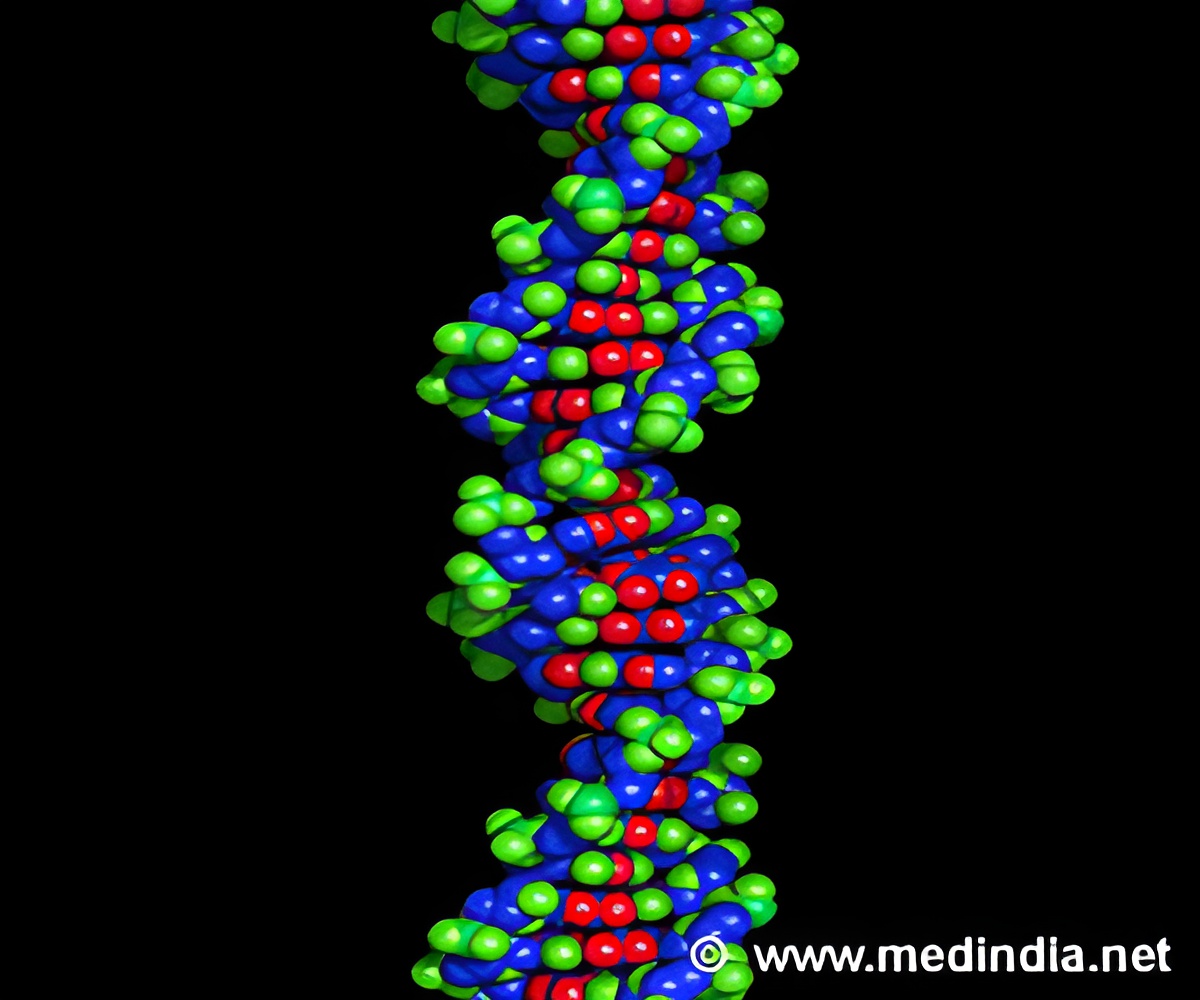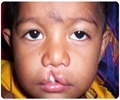Researchers suggest that removing a protein in white blood cells of mice suffering from chronic granulomatous disease (CGD) improved their ability of fighting against infections.

A team of researchers from NIH's National Institute of Diabetes and Digestive and Kidney Diseases (NIDDK) compared three groups: CGD-afflicted mice with the protein Olfm4; CGD-afflicted mice in which the protein had been deleted, and healthy mice in which the protein had been deleted. Olfm4, also known as olfactomedin 4, is sometimes helpful in limiting tissue damage but can also hinder white blood cells' ability to kill bacteria.
The researchers found that the white blood cells in mice without the protein could better withstand staphylococcus aureus infection, a major threat to patients with CGD.
"Although treatment for CGD has greatly improved over the past several years, the disease remains challenging," said Dr. Wenli Liu, staff scientist and lead author. "Our research suggests a novel strategy that might pave the way toward developing new treatments to fight against common and often deadly infections."
The results also suggest another potential method to treat methicillin-resistant staphylococcus aureus (MRSA) and other drug-resistant bacteria in patients without CGD, used alongside other therapies. MRSA is a strain of bacteria that has become resistant to antibiotics most often used to treat staph infections. Most commonly contracted in hospitals, MRSA represents a significant public health threat.
"Over the years, MRSA and other bacteria have evolved to be resistant to many antibiotics," said Griffin P. Rodgers, M.D., NIDDK director and study lead. "This study suggests an alternative approach to combat infection by strengthening white blood cell capabilities from within the cells, in addition to resorting to traditional antibiotic treatment."
Advertisement
Advertisement














